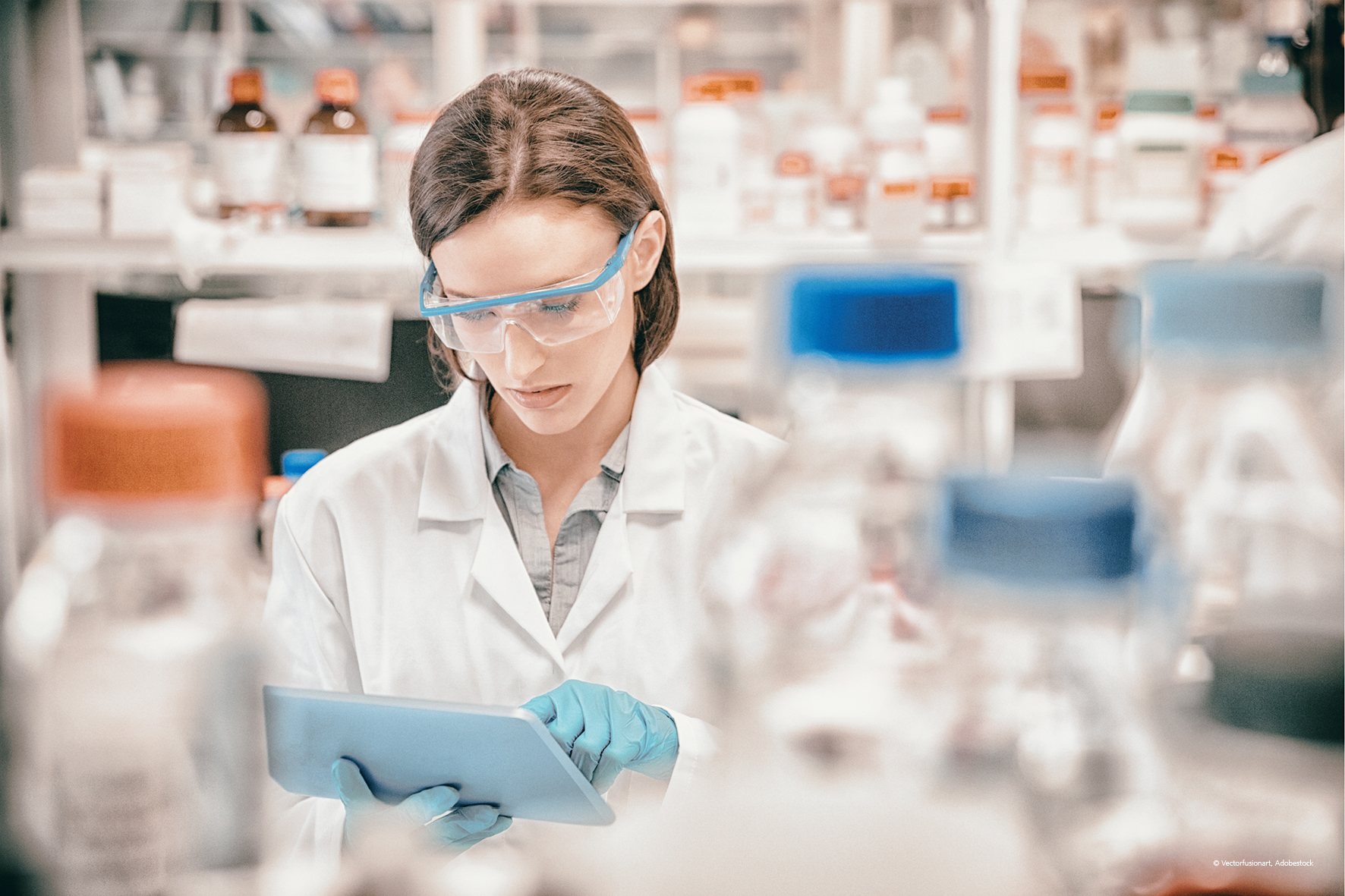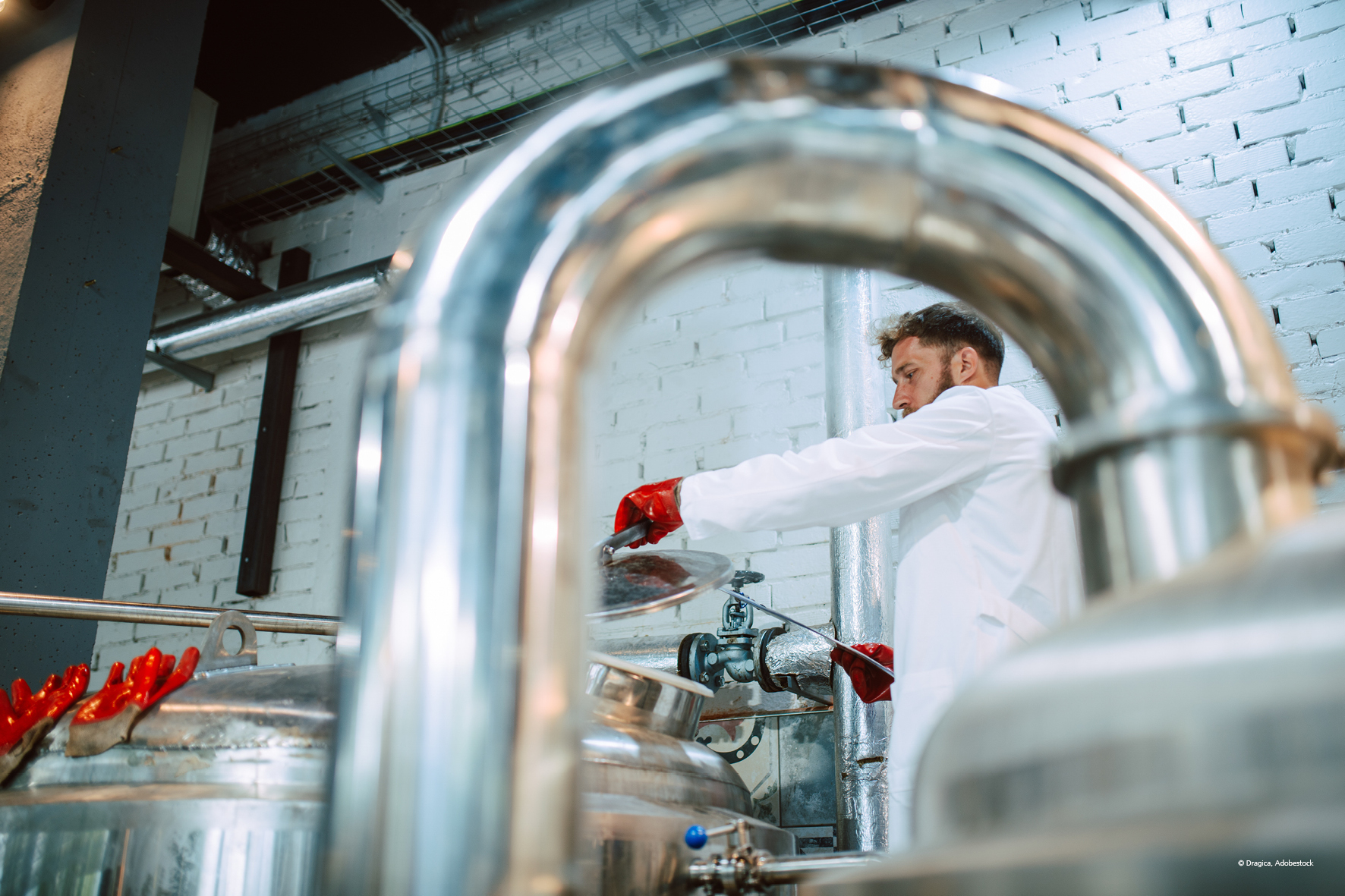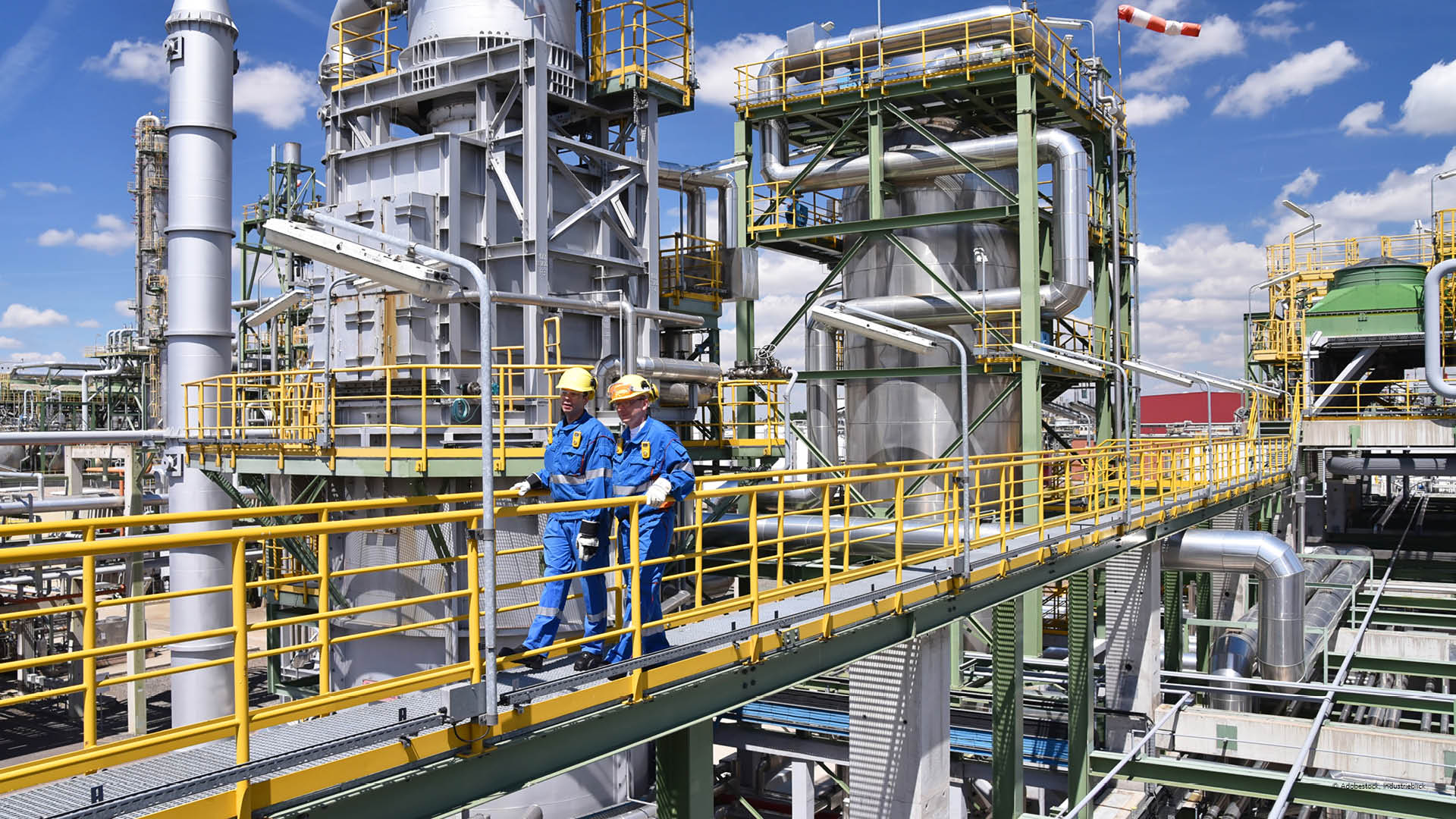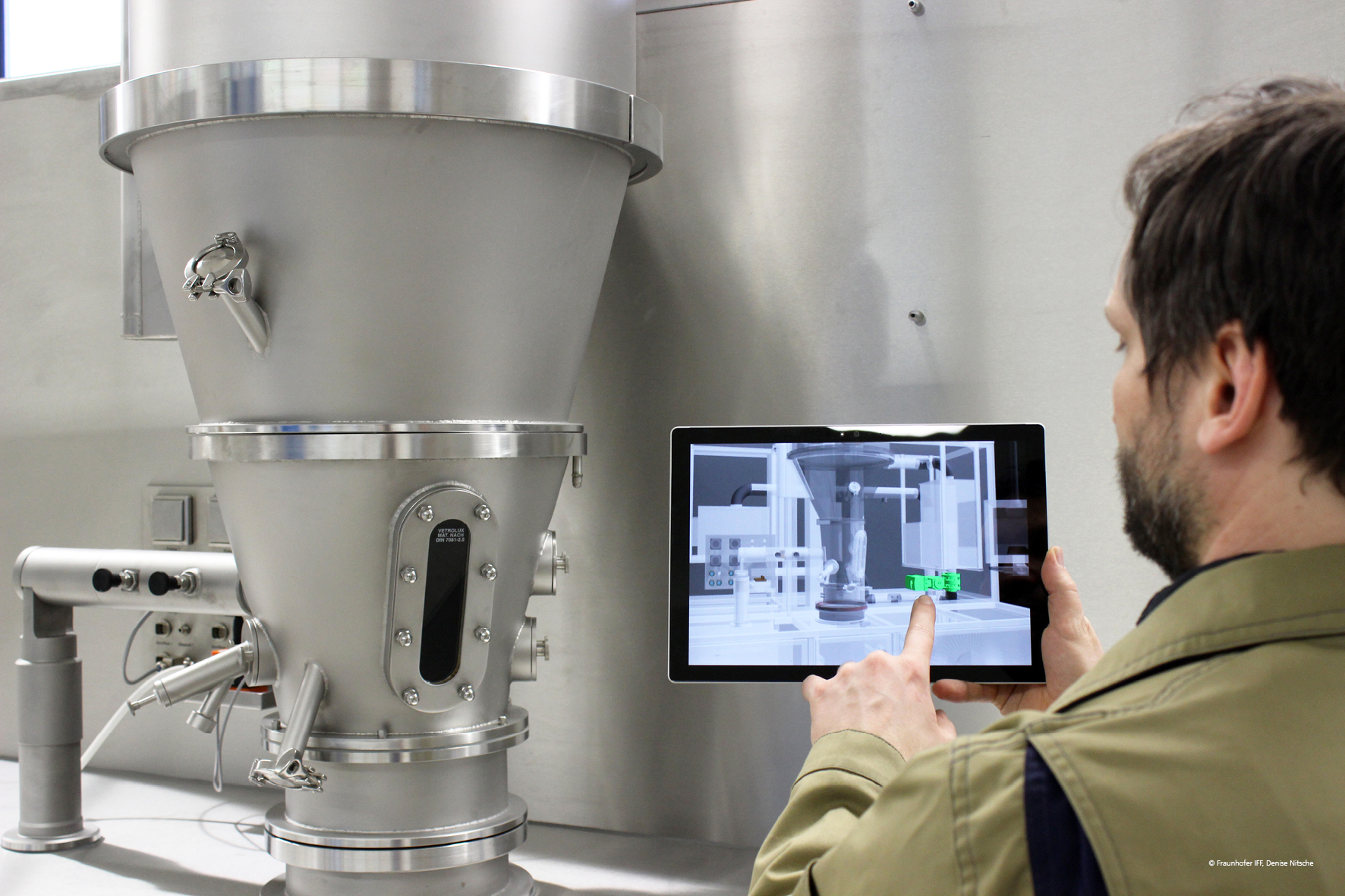The chemical industry is integral to virtually every industrial value chain. The chemical industry’s products – innovative materials and components – are essential primary products for industrial manufacturing. An early link in the value chain, the chemical sector is a good starting point for boosting products’ sustainability across industries.
The chemical industry has set itself ambitions sustainability goals: defossilizing its production chain and establishing circular, greenhouse gas-neutral material and energy conversion.
In the ShaPID project, nine Fraunhofer Institutes lead managed by Fraunhofer ICT are developing applied methods and technologies for sustainable green chemistry in the four domains of synthesis, reaction and catalysis systems, process equipment and engineering, modeling, simulation and process optimization, and digitalization and automation based on the internationally accepted 12 Principles of Green Chemistry.




